The terrifying reign of Klaus Kinski, the most evil actor who ever lived
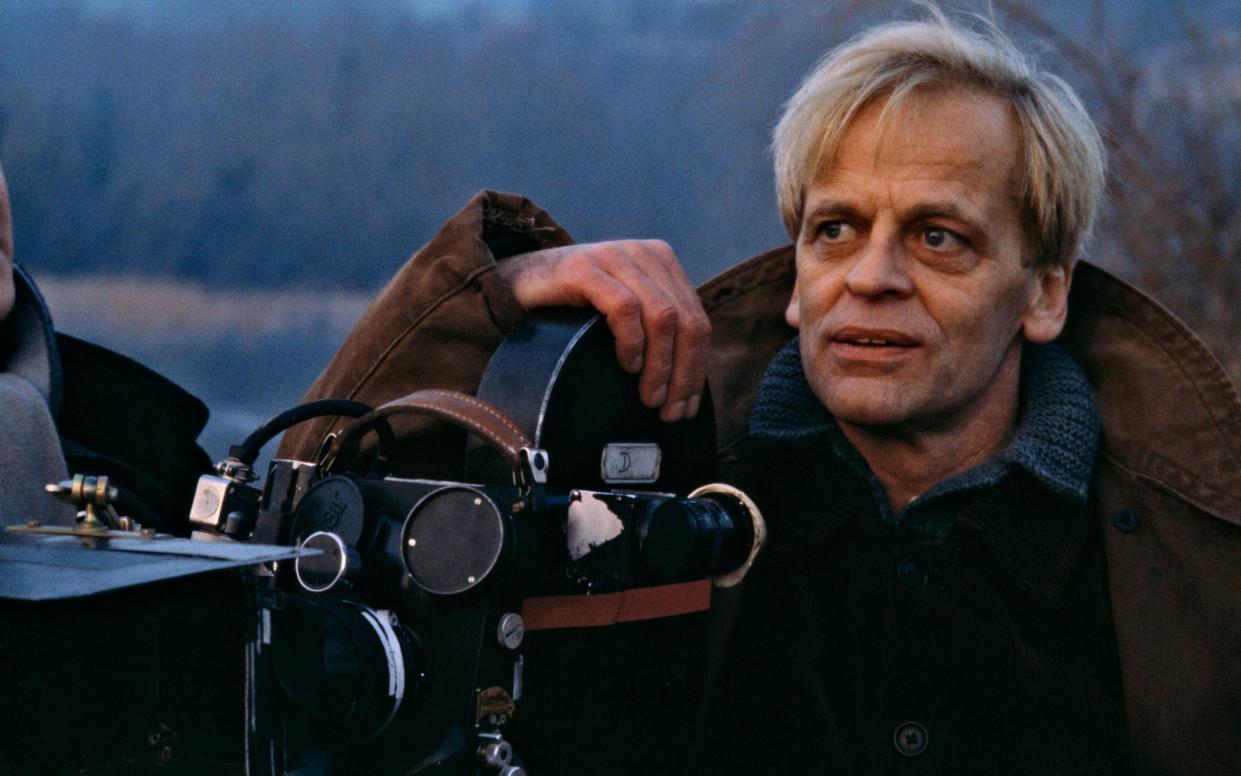
In 2013, the German actress Pola Kinski, daughter of one of the most infamous film stars who ever lived, published her autobiography. Entitled Kindermund (“The Mouth of a Child”), it explained in harrowing detail what it was like to be the first-born child of Klaus Kinski. From the ages of 5 to 19, she was forced into an incestuous sexual relationship with her father, starting with open-mouthed kisses and culminating in many years of rape.
Pola’s mother, the singer Gislinde Kühlbeck, was blind to it all, wilfully or otherwise. Kinski’s younger daughter Nastassja, however, has backed up Pola’s account, adding for the record that her father would embrace her, too, “in a sexual manner” when she was 4-5 years old, but never had sex with her. She has called her half-sister “a heroine” for speaking out and lifting the weight of this terrible secret at long last.
These bombshell revelations are beyond myth, and have totally reframed any possible perspectives on Kinski as a man and artist. It feels repugnant even to consider his fabled genius as a performer in this light. All the accumulated lore about his legendarily monstrous, egomaniacal, and disturbed behaviour – did he really shoot an extra’s finger off during Aguirre, the Wrath of God (1972)? Is it true that multiple filmmakers quite seriously thought about having him killed? – can’t be sifted through as entertaining scuttlebutt any more. Legends can be toyed with, confirmed or debunked. Blunt facts, when they’re this hideous, get the last word.
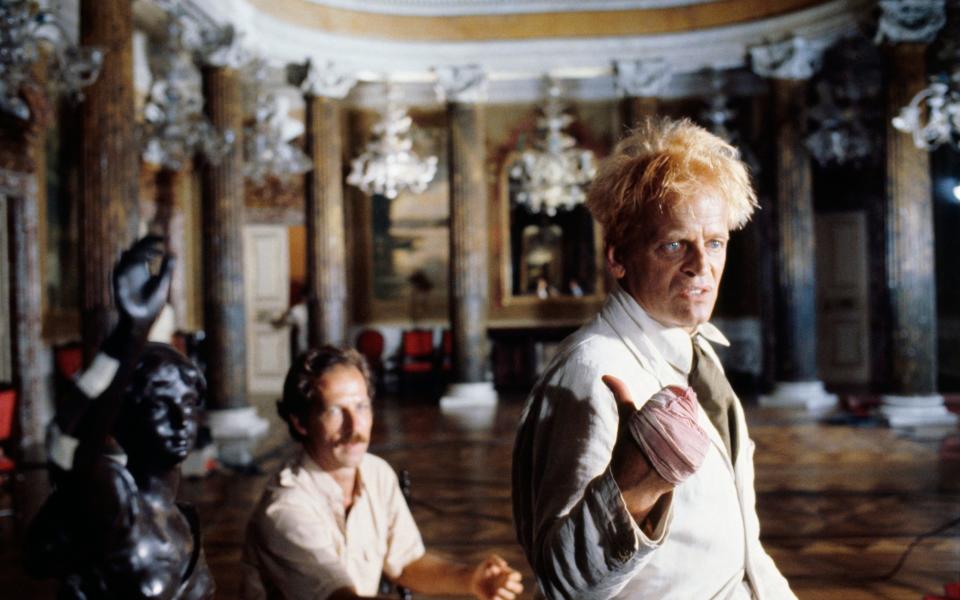
Werner Herzog, the director who almost single-handedly made Kinski’s career important, has described him as “a monster and a great pestilence”. He should know. Drawn back again and again like an addict to a terrible drug, Herzog braved production with Kinski on five films: Aguirre, Nosferatu (1979), Woyzeck (1979), Fitzcarraldo (1982) and Cobra Verde (1987). On every one of these shoots, Kinski would scream the house down, refuse to be directed, and make mortal enemies of the crew and supporting cast.
The new documentary Werner Herzog: Radical Dreamer gives a mere sketch of their relationship, but some of the behind-the-scenes footage, of Kinski letting rip in one of his colossal tantrums, reminds us afresh what a glutton for punishment the director truly was. They’d met when Herzog was 13, at a dingy boarding house in Munich. Kinski was the starving artist across the street – or at least, posing as such – when the owner of the joint let him move in rent-free for about three months.
In Herzog’s 1999 documentary My Best Fiend, which focuses entirely on their dealings together, the director revisits this apartment and explains to its new occupants, in that unsettlingly calm voice of his, what chaos ensued. “Of course, from day one, he terrorised everyone.” One of Kinski’s more routine habits was screaming at the landlady for not ironing his shirt collars well enough.
When a theatre critic came to supper, and said he was planning to praise the actor’s performance in a new production as “extraordinary”, Kinski responded by throwing cutlery and potatoes in the man’s face. “I was not extraordinary – I was monumental!” He also locked himself in the bathroom for two entire days. As Herzog remembers, “He smashed everything, to the point where you could sift it all through a tennis racket.”
Fifteen years later, Kinski was the first and last person Herzog thought of to play the deranged conquistador Lope de Aguirre in his first masterpiece. Kinski was coming off a one-man stage show about the life of Jesus Christ, which had devolved into something like a psychotic circus act: jeering audiences would show up to watch him proclaim his omnipotence into a microphone and fling it contemptuously across the stage.
He was badly in need of respect in an industry that already thought he was insane. But he wasn’t able to resist turning the Aguirre shoot into an exhausting power trip, brandishing his sword in a fury against the Peruvian supporting players – who wouldn’t have survived without helmets – and shooting his Winchester rifle one night into the hut where they were all playing cards. (This is how someone’s middle finger got taken off.)
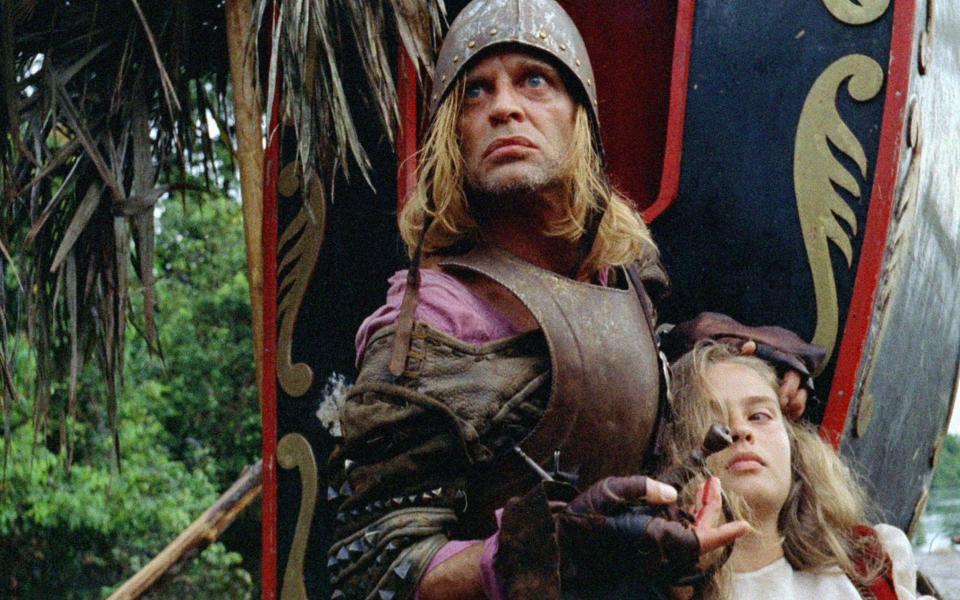
Herzog had to weather every storm. Halfway through this incredibly taxing shoot, Kinski threatened to walk off, which would have destroyed all hope of ever getting the film made. Herzog levelly replied that he would respond to this desertion by shooting Kinski eight times in the head, and reserving a ninth bullet for himself. Kinski was stopped in his tracks by how seriously Herzog meant it, and thereby the beast was tamed: indeed, he was on his best behaviour, comparatively speaking, until they wrapped.
Fate intervened a decade later on Fitzcarraldo. Herzog had hoped to use a different cast for this story of an opera-loving madman who tries to heft a steamer over a mountain in the Amazonian jungle. Indeed, he managed to shoot 40 per cent of it with Jason Robards in the title role, and Mick Jagger as his Sancho Panza. But Robards fell ill with dysentery and acute bronchitis, and was forbidden by his doctors to return; Jagger’s touring schedule meant he couldn’t hold on, so his role was written out.
Herzog sank into the worst creative depression of his life. In stepped Kinski to play the part, crowing that he knew all along no one else was up to it. And all the usual nightmares ensued. He tried to get crew members fired in front of everybody. The indigenous cast regarded him as some kind of demon: the chief of a local tribe came to Herzog and quite seriously offered to kill Kinski, a proposal the director might have humoured if it wouldn’t have doomed the film.
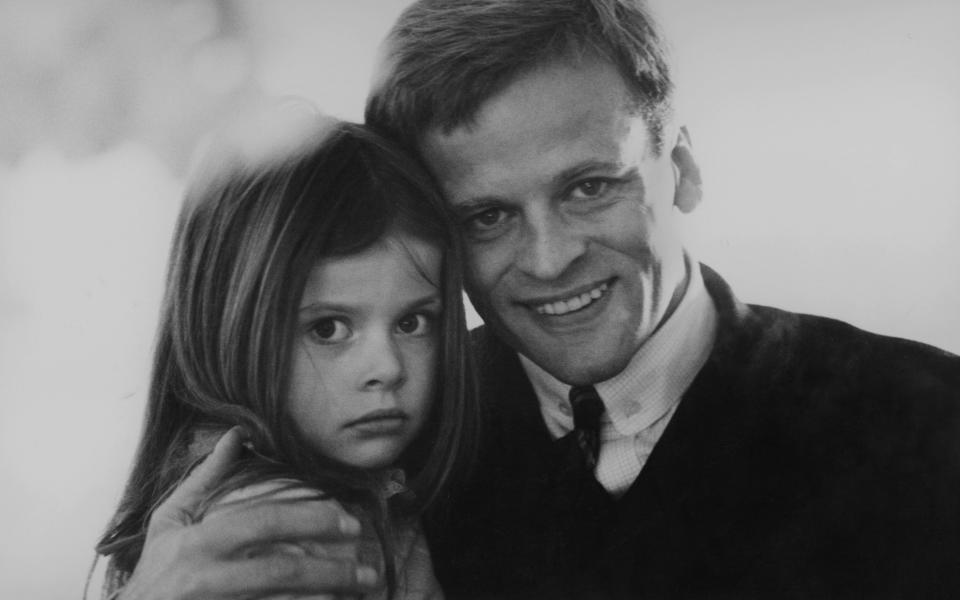
The Italian producer Roberto Bessi is also alleged to have considered murdering Kinski for the insurance money, when it became impossible to fire him from a 1986 horror film called Crawlspace. That film’s director, David Schmoeller, made a short film about this experience, Please Kill Mr Kinski, in which he explains eventually that “cooler heads prevailed”.
Meanwhile, according to Herzog’s own producer (and half-brother) Lucki Stipetić, interviewed in the new doc, the lunacy levels on Cobra Verde were even worse than anything in their past collaborations: “Much worse.” It brought their animosity to a peak, four years before Kinski died of a sudden heart attack in 1991.
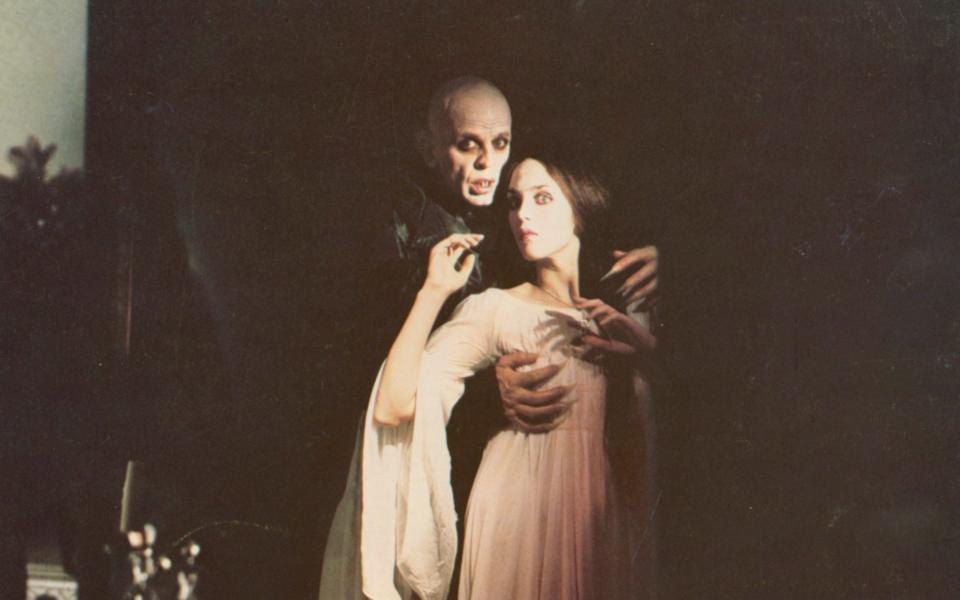
It’s clear that Herzog and Kinski both needed and hated each other with equal, reciprocal intensity. Kinski’s 1976 autobiography, which the director coolly claims is a work of fiction, doesn’t hold back. “Herzog is a miserable, hateful, malevolent, avaricious, money-hungry, nasty, sadistic, treacherous, cowardly creep,” Kinski wrote. “His speech is clumsy, with a toad-like indolence, long-winded, pedantic, choppy... I’ve never met anybody so dull, humourless, uptight, inhibited, mindless, depressing, boring and swaggering…”. They still had four films left to make at that point.
This isn’t the time for any detailed celebration of what they pulled off together. Several of these films are great art; Kinski was a despicable, irredeemable excuse for a human being. Paul Cronin’s tremendous book Werner Herzog: A Guide to the Perplexed (reviewed here) raises Pola Kinski’s memoir just once, and here’s what Herzog had to say on trying to separate art from the artist. You may agree, or you may not.
“This book isn’t the place for me to talk about the monstrous way Kinski treated the women in his life and abused his daughter Pola, who sought me out before she published her memoir. Let me say that there were debates in Germany about whether her allegations could be proved, but there isn’t a shred of doubt in my heart that she is telling the truth. If I am on anyone’s side, it’s hers.
“All this may change the way people see Kinski in my films, but this shift of perspective won’t last forever. Long into the future audiences will see Kinski again as Aguirre. All these centuries later, the fact that Caravaggio was a murderer doesn’t change the way we look at his paintings.”
Werner Herzog: Radical Dreamer is in cinemas now


